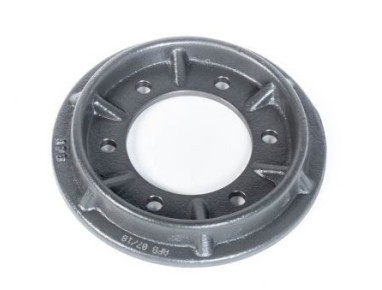How to evaluate the lifespan of clutch castings
The clutch is an indispensable part of the vehicle transmission system, and the evaluation of its lifespan has a significant impact on the safety and performance of the vehicle. The life assessment of clutches usually includes two aspects: predicted life and actual life, which will be discussed separately below.
Predictive life assessment estimates the theoretical life of a clutch based on factors such as its design and material performance. Among them, the design of the clutch includes the structural design of parts such as gears and friction plates, as well as factors such as the type of materials used and performance. By comprehensively considering these factors, the theoretical lifespan of the clutch can be determined. However, the theoretical lifespan may not necessarily equal the actual lifespan, as the clutch is influenced by various external factors such as driving habits, road conditions, temperature, etc. during actual use.
The actual service life assessment is based on the service life of the clutch to determine its actual service life. During this process, it is necessary to collect operational data of the clutch, such as usage time, usage frequency, driving style, and other information. Through the analysis of these data, the actual lifespan of the clutch can be obtained, and the design and material performance of the clutch can be improved.
In summary, the life assessment of clutch castings requires comprehensive consideration of factors such as clutch design, material performance, and actual usage in order to obtain accurate evaluation results. The life assessment of the clutch is crucial for the safety and performance of vehicles and should be given sufficient attention.






